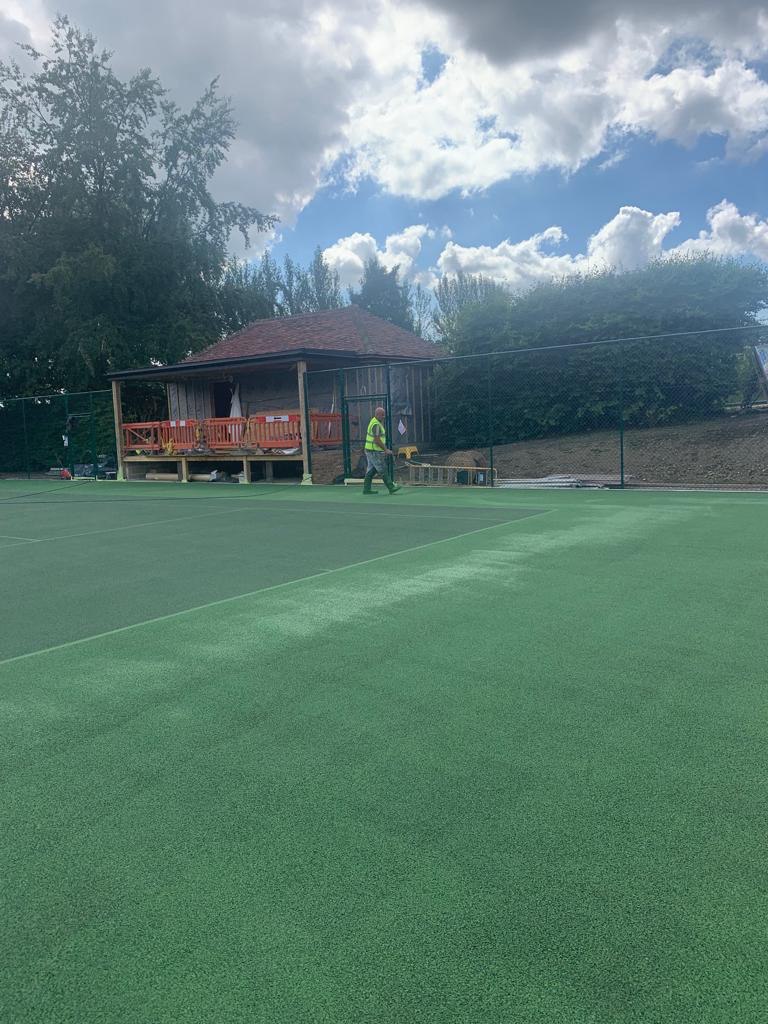
Introduction: Refurbishing a tennis court is a significant investment that can breathe new life into your playing surface, ensuring it remains safe, attractive, and enjoyable for years. However, to achieve the best results within your financial means, it’s essential to carefully plan and budget for your tennis court refurbishment project. Tennis Court Construction Dorset offers valuable insights and tips on effectively budgeting for this undertaking.
- Define Your Goals:
Before you start budgeting, clearly define your goals for the refurbishment project. Are you looking to repair surface cracks, improve drainage, resurface the entire court, or enhance its aesthetics? Understanding your priorities will help you allocate your budget accordingly.
- Assess the Court’s Condition:
Conduct a thorough assessment of your tennis court’s current condition. Identify any visible issues, such as cracks, surface wear, drainage problems, or fencing repairs. A professional inspection can help determine the extent of necessary repairs or refurbishment.
- Set a Realistic Budget:
Establish a budget that reflects both your goals and the condition of your tennis court. Research the costs of various refurbishment options, including surface treatments, repair materials, and labour. Be prepared for unexpected expenses by including a contingency fund in your budget.
- Prioritise Essentials:
Once you have a budget in mind, prioritise essential repairs and improvements. Address critical safety and functionality issues first. For example, if there are hazardous cracks or drainage problems, allocate a portion of your budget to fix these issues before focusing on cosmetic enhancements.
- Choose Quality Materials and Workmanship:
While cutting costs by choosing cheaper materials or labour can be tempting, investing in quality materials and experienced professionals is essential for a long-lasting tennis court. Quality materials and workmanship may come with a higher initial cost, but they will save you money in the long run by reducing the need for frequent repairs.
- Consider Long-Term Savings:
Think about the long-term savings of certain investments. For instance, choosing a high-quality acrylic tennis court surface may require a larger upfront investment but will require less maintenance and resurfacing over the years, ultimately saving you money.
- Explore Financing Options:
If your budget is limited, explore financing options that can help you spread the cost of the refurbishment over time. Some contractors or organisations may offer financing or payment plans to accommodate your budget.
- Get Multiple Quotes:
It’s advisable to obtain quotes from multiple tennis court refurbishment contractors. Comparing quotes will help you find competitive pricing and provide insight into the scope of work and materials each contractor recommends.
- Plan for Regular Maintenance:
After your tennis court refurbishment, plan for regular maintenance to extend its lifespan and prevent costly repairs. Regular cleaning, crack repairs, and resurfacing at recommended intervals will help protect your investment.
Conclusion: Budgeting for a tennis court refurbishment project is crucial in ensuring that your court remains in excellent condition and continues to meet your playing and aesthetic needs. Setting realistic goals, prioritising essential repairs, and investing in quality materials and workmanship can maximise your budget and enjoy your refurbished tennis court for years. Tennis Court Construction Dorset is dedicated to helping you achieve your refurbishment goals within your budgetary constraints, ensuring that your court is in top-notch condition.
Call us on: 01202 125699
Click here to find out more about Tennis Court Construction Dorset
Click here to complete our contact form and see how we can help with your court needs.